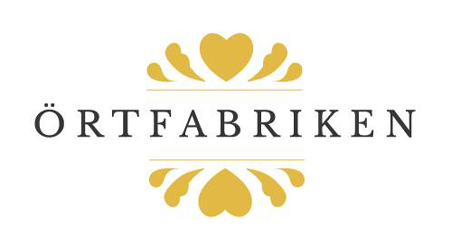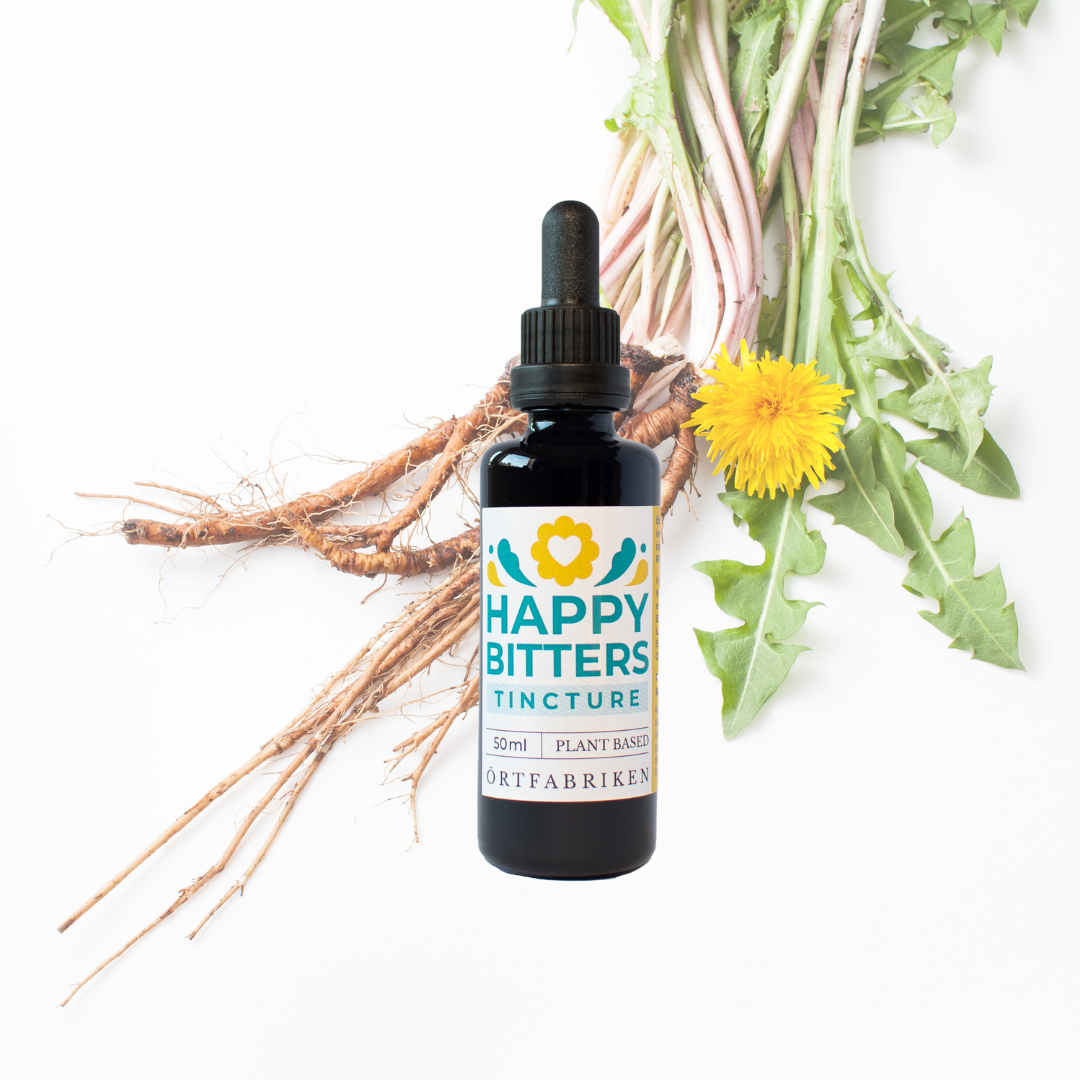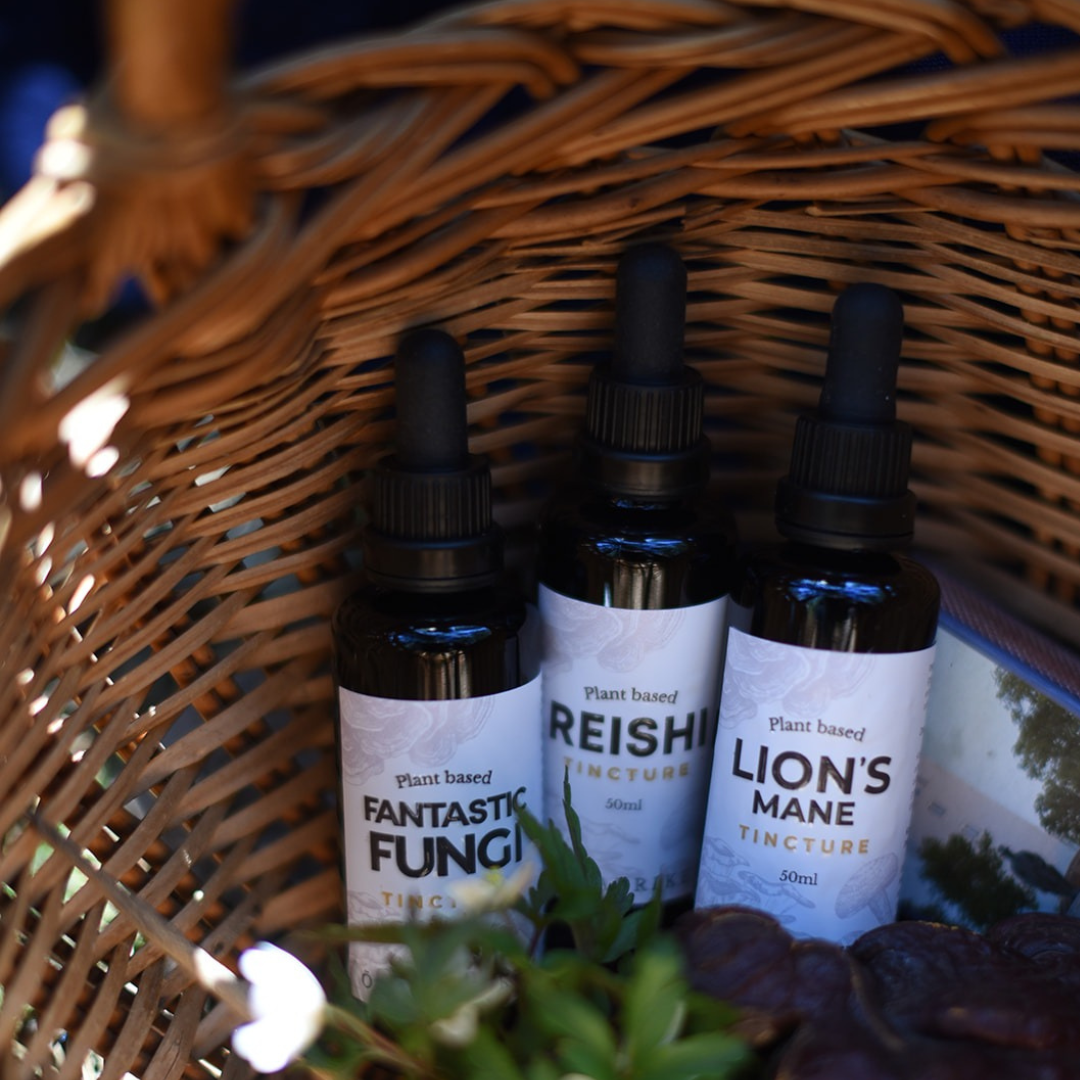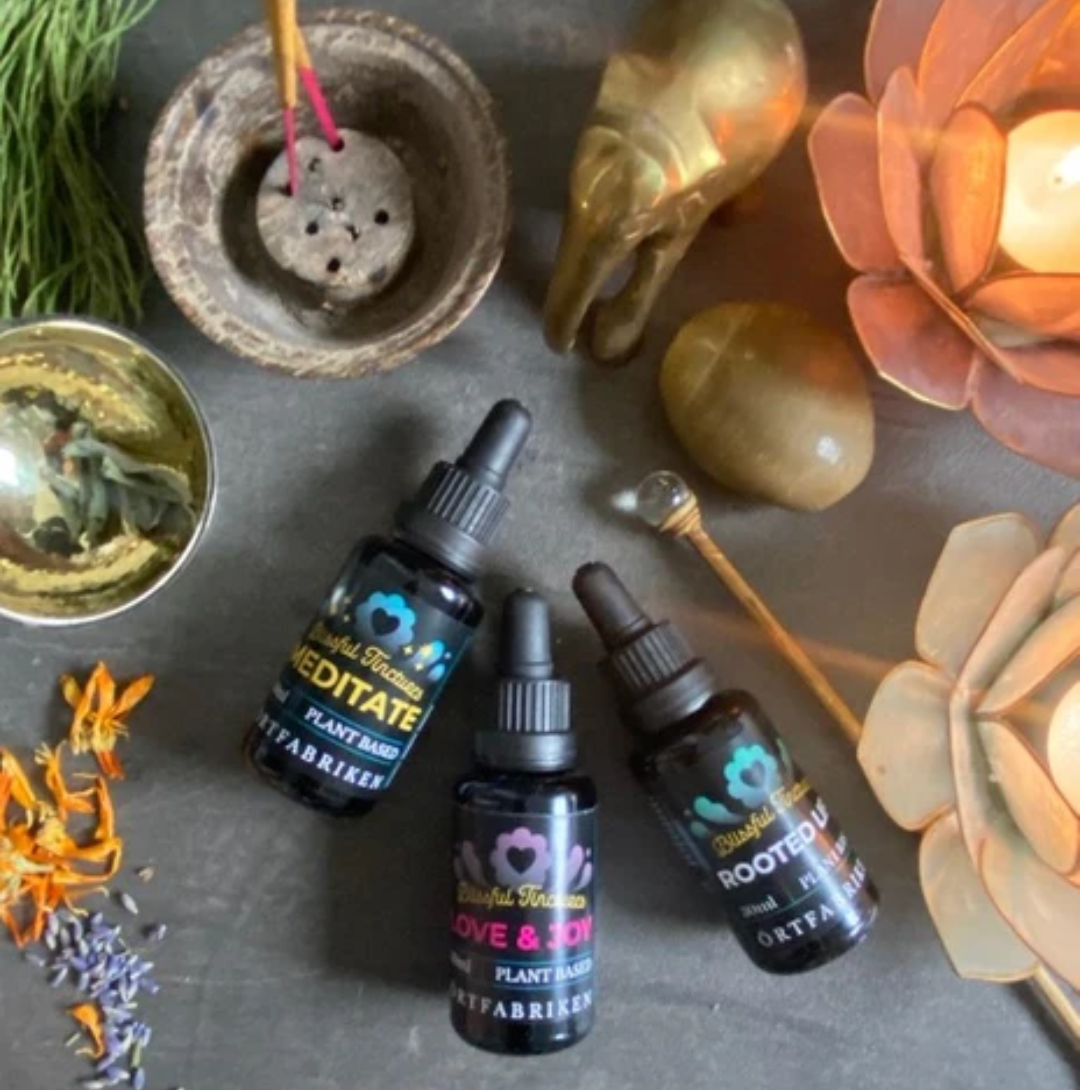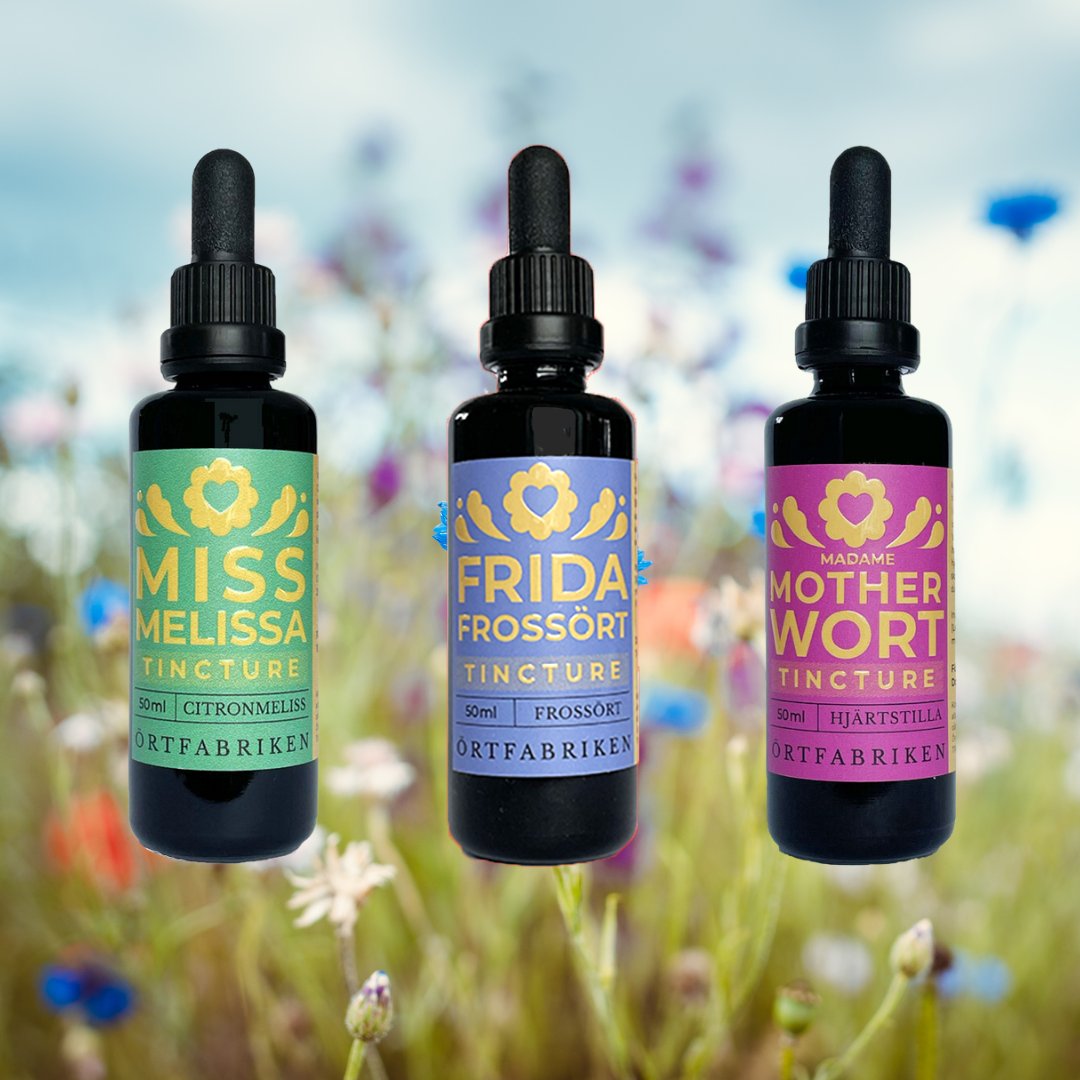Hildegard of Bingen | Recipe for nerve cakes
Dela med en vän ♡
“O most honored Greening Force,
You who are rooted in the Sun;
You who lights up, in shining serenity, within a wheel
that earthly excellence fails to comprehend.
You are enfolded
in the weaving of divine mysteries.
You are red like the dawn
and you burn: flame of the Sun.”
The verdant Viriditas power
This is how beautifully Hildegard of Bingen (1098-1179) described a lush, holy, divine power that she could sense in nature. A power she called Viriditas. Hildegard saw this lush power in nature as a metaphor for physical and spiritual health. Viriditas was partly the visible aspect of the divine in the lush greenery of nature. Hildegard was an abbess, writer, composer, musician, preacher, herbalist and a visionary during the Middle Ages.

Many believe that Hildegard of Bingen’s lush, green surroundings where she lived inspired her to associate this greenery with vitality of spirit, mind, and body. She lived in the Rhine Valley in Germany for her entire life. The greenery of this region likely had a significant impact on her, leading much of her work on life energy, abundance, and the sustaining power of nature to be rooted in the concepts of lush, green, and moist.

Hildegard of Bingen's nerve cells
A few years ago I baked Hildegard of Bingen's nerve cookies. These taste like gingerbread. Yes, they could be called the predecessors of our gingerbread. It's fun to bake them, not least because they have great cultural and historical value. At an herbalist meeting I once attended, one of the participants brought a jar of nerve cookies; a fantastic cookie to offer other herbal sisters and brothers!
Hildegard thought that the nerve cakes helped with stress and burnout, and said that they were good for the nerves, lightened a sad heart, gave a happier mood and increased the ability to perform. I found the recipe I used on Finnish YLE.

Nervous cookies - Recipe
10 g whole cloves
45 g ground cinnamon
10 g whole nutmeg
150g honey
2 whole eggs
4 egg yolks
250g butter
150 g almond flour
½ tsp salt
1 teaspoon baking powder
800 g spelt flour

Do this:
Crush the cloves in a mortar. Grate the nutmeg. Mix the spices with honey and eggs. Stir in the cold, diced butter.
Add almond flour, salt, baking powder and spelt flour. Start with 600 g flour and add more if the dough feels too loose. The cookies will be harder the more flour you use.
Stir and knead to a smooth dough. Shape the dough into a roll and cut into thin slices.
Place on a baking sheet and bake for 10-12 minutes. The cookies should be lightly browned around the edges, but do not overbake them. This will make them dry and tasteless.
Text: Sara Bonadea George
---------------------------------------------------------
Hildegard of Bingen was knowledgeable in many fields and mastered both music, art and science. Isn't it dizzying to think that this extraordinary woman existed and acted in the Middle Ages! Listen to Sveriges Radio's report about her, where they call her a medieval multi-genius .

Vi tror du gillar dessa blogginlägg
-

Marigold season | Make your own marigold oil | DIY
-
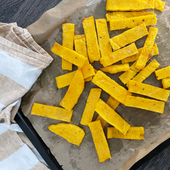
Örtiga Polenta Sticks | Glutenfritt
-
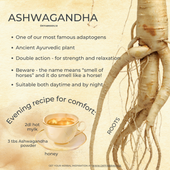
Ashwagandha | Ayurveda | Recipe Moon Milk
-

Adaptogenic raw balls - what a treat! | Ashwagandha | Eleuthero | Gluten-free
-
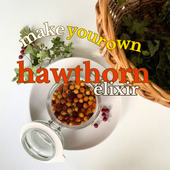
Hawthorn Elixir | Recipe
-
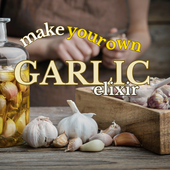
VitlöksElixir | Recept med vitlök och honung
-
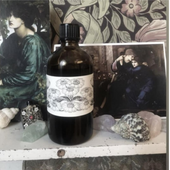
Warming Juniper Oil | Recipe
-
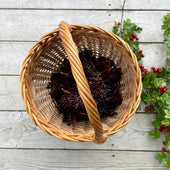
Elderberry Syrup | Recipe
-
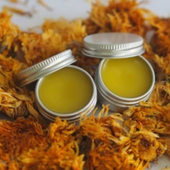
Marigold Ointment | Recipe | Make your own ointment from marigolds
-

When Rakija saved the wedding | Read about Aleksandra's miracle cure for a cold
-
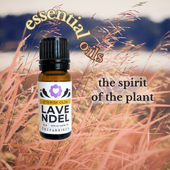
Skapa dina egna roll-ons och hudvård med Örtfabrikens eteriska oljor
-
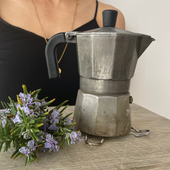
Gör eget Hydrolat med espressomaskinen | Recept Blomstervatten
-

Ginger and Turmeric Shot Raw | Recipe
-
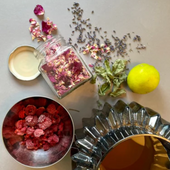
Flavor your Kombucha with herbs | Recipe
-

Enzyme Drinks | Probiotic Drinks | Recipes
-
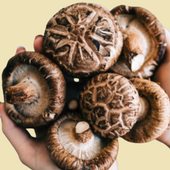
Shiitake | A Nutritious Mushroom | Recipe
-
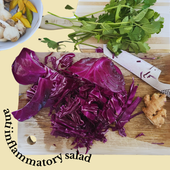
Anti-inflammatory Salad | Recipe
-
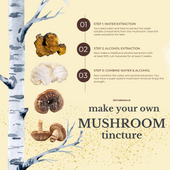
Make a tincture of Chaga | Blastocystis and other mushrooms
-

Hostel Elixir | Recipe by Stephen Buhner
-
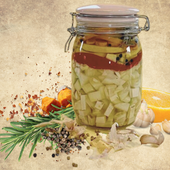
The Amazing Tale of Fire Cider | Recipe
-

Hemp | Make your own hemp milk | Cow's milk recipe
-
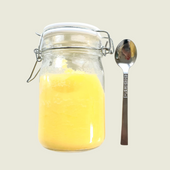
Ghee | Make Ghee Yourself | Recipe
-
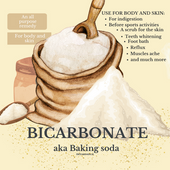
Bicarbonate | Cleaning, body and skin
-
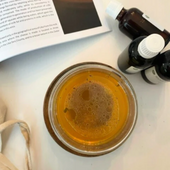
Broth 2.0 | Top with herbs | Cook your own bone broth
-
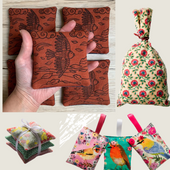
Lavender Bags | Scented bag of lavender
-

Herbs to Smoke | Ceremonial Smoking
-

Pumpkin Soup | Recipe | Ginger and other herbs
-
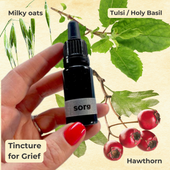
Tincture for Grief | Recipe | Hawthorn and Tulsi
-
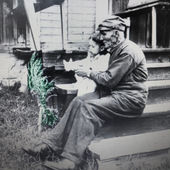
Herbs for Grief | Folklore and Symbolism
-
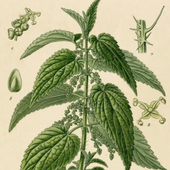
Nettle ointment | Recipe | Stinging nettle ointment
-
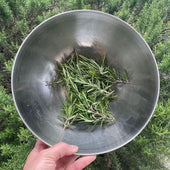
Rosemary oil for hair | Recipe
